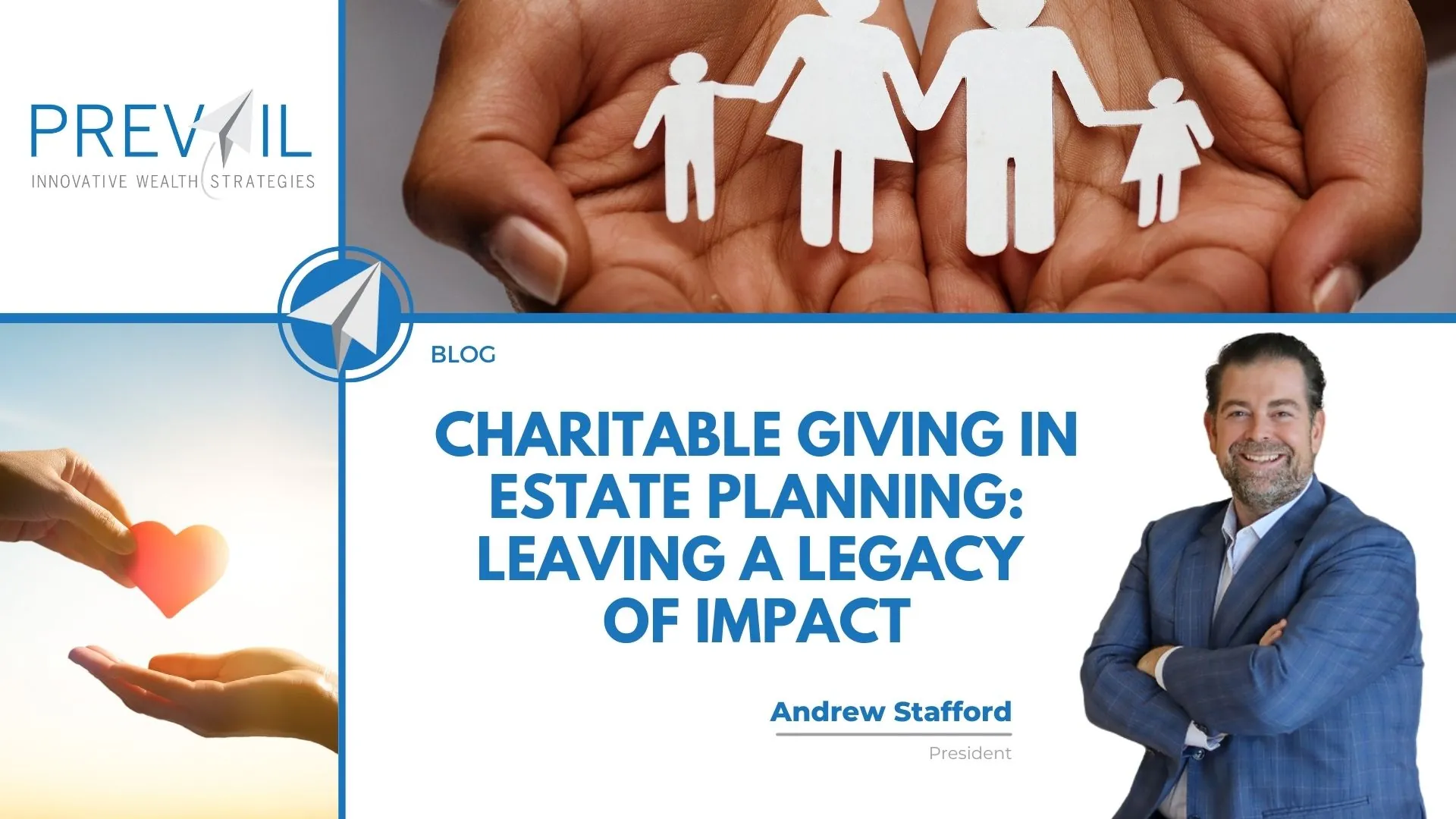Charitable Giving in Estate Planning: Leaving a Legacy of Impact
When it comes to estate planning, many individuals focus primarily on passing their assets to loved ones. While securing the financial future of your family is undoubtedly essential, incorporating charitable giving into your estate plan can also leave a lasting legacy and support the causes you care about deeply. In this article, we will explore the benefits of charitable giving in estate planning, various methods to achieve it, the tax advantages it offers, and share real-life examples of impactful philanthropy.
The Power of Charitable Giving
Charitable giving in estate planning goes beyond writing a check to a favorite charity; it is a strategic and thoughtful approach to make a meaningful impact on society. Here are some compelling reasons to consider charitable giving as part of your legacy:
Leave a Lasting Legacy:
Charitable giving allows you to leave a legacy that extends beyond your lifetime. Your contributions can continue to support causes dear to your heart for generations to come
Support Causes You Care About:
It empowers you to support charitable organizations and causes that have personal significance. Whether it’s education, healthcare, the environment, or any other area, you can make a difference.
Tax Advantages:
Charitable donations can offer significant tax benefits, reducing your overall tax liability and ensuring more of your assets go toward causes you support.
Methods of Charitable Giving
There are various methods to incorporate charitable giving into your estate plan, each with its unique advantages. Here are three common approaches:
1. Outright Gifts:
- This involves donating assets, such as cash, stocks, or real estate, directly to charitable organizations.
- It provides an immediate and tangible impact on the chosen charity.
- Outright gifts are simple and flexible, allowing you to adjust your giving as circumstances change.
2. Charitable Trusts:
- Establishing trusts like Charitable Remainder Trusts (CRTs) or Charitable Lead Trusts (CLTs) enables you to provide income to beneficiaries while supporting charitable causes.
- Charitable trusts can offer potential tax benefits, making them an efficient way to give.
3. Donor-Advised Funds:
- Donor-advised funds are a popular choice for those who want to manage and distribute charitable contributions efficiently.
- You set up a fund and make recommendations for charitable donations from the fund’s assets.
- Donor-advised funds grow tax-free, allowing you to have a more significant charitable impact over time.
Tax Advantages of Charitable Giving
Charitable giving can be financially advantageous in multiple ways:
1. Income Tax Deductions:
- You can deduct a percentage of your adjusted gross income (AGI) when making charitable contributions, reducing your taxable income.
- This means you can support charities while lowering your annual tax bill.
2. Capital Gains Tax Savings:
- Donating appreciated assets, such as stocks, can reduce or even eliminate capital gains taxes.
- It’s an efficient way to divest highly appreciated assets while benefiting charities.
3. Estate Tax Benefits
- Charitable giving can help reduce the size of your taxable estate, potentially lowering your estate tax liability.
- This allows more of your assets to go towards charitable causes and less to taxes.
Conclusion
Incorporating charitable giving into your estate plan is a powerful way to leave a legacy of impact. Whether you choose outright gifts, charitable trusts, or donor-advised funds, there are methods that align with your goals and values. Additionally, the tax benefits associated with charitable contributions can help you maximize the impact of your philanthropy while minimizing your tax liability.
Schedule a Strategy Session
Consult with a qualified financial advisor to get started on your asset protection journey today.



















